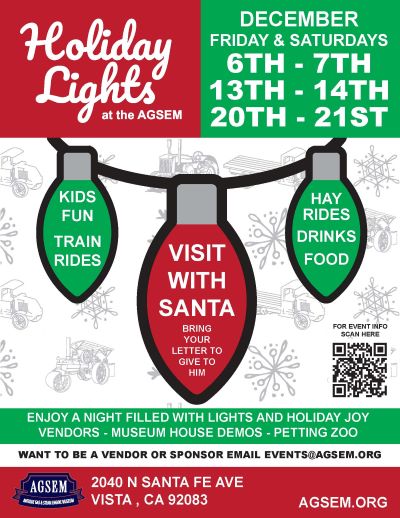By Assemblymember Marie Waldron
Last November, 60% of California voters passed Proposition 7, aimed at eliminating the bi-annual tradition of moving clocks back in the fall and forward in the spring.
Daylight saving time was first imposed as a temporary energy saving measure during World War I, and was re-instated during World War II. After World War II ended, states were allowed to decide the issue, and in 1949, voters approved Proposition 12, permanently establishing daylight saving time in our state.
Since the voters authorized daylight saving time, only the voters could approve any changes. Under the terms of Proposition 7, California voters asked the Legislature to introduce a bill changing the times and dates of daylight saving time, in compliance with federal laws.
As a result, Assembly Bill 7 was introduced last year by Assemblyman Kansan Chu (D – San Jose), to authorize permanent year-round daylight saving time. AB 7, which required a two-thirds vote, passed the Assembly without opposition, but the Legislature adjourned for the year before the Senate could take action. The Senate is likely to hear the bill early next year, but once AB 7 becomes law, there will still be one more hurdle. Federal law allows states to adopt year-round standard time (as in Arizona), but the law does not permit year-round daylight saving time.
California is one of 14 states that have recently introduced legislation to shift to permanent daylight saving time, and several bills are pending in Congress that would allow states to make this move. AB 7’s prospects look bright next year, but we will still need an OK from Congress.
Was this the last time we’ll need to ‘fall back,’ or will next spring be the last time we ‘spring forward?’ Time will tell.

Assembly Republican Leader Marie Waldron, R-Escondido, represents the 75th Assembly District in the California Legislature, which includes the communities of Bonsall, Escondido, Fallbrook, Hidden Meadows, Pala, Palomar Mountain, Pauma Valley, Rainbow, San Marcos, Temecula, Valley Center and Vista.



















